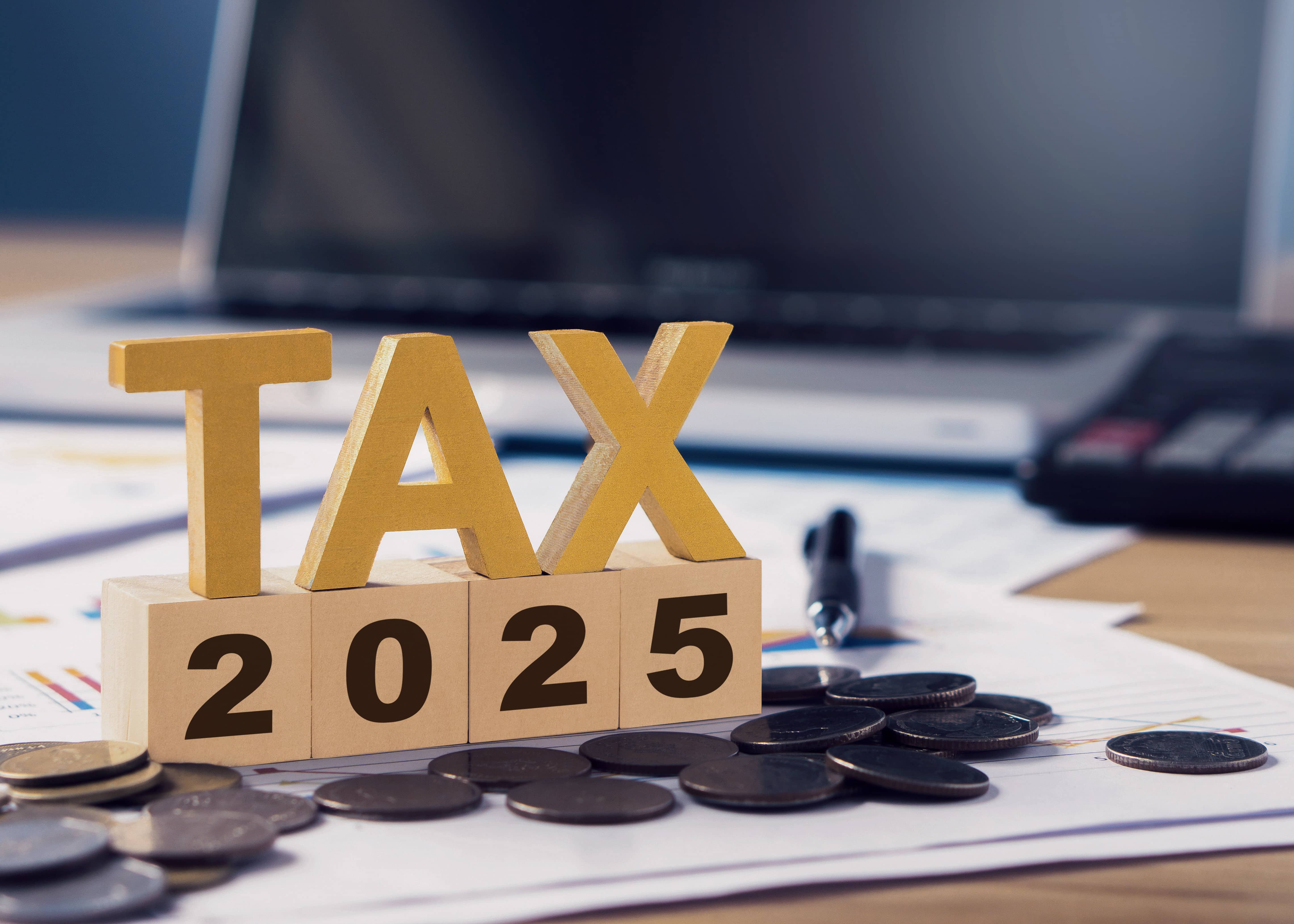
What’s Changing This Tax Year? Key Updates SMEs Need to Know for 2025/26
With the new tax year beginning on 6th April, there are a few important changes that small business owners and self-employed professionals should be aware of. Staying informed helps you plan better and take advantage of any new opportunities – or mitigate risks. Here’s a closer look at the updates for 2025/26.
National Insurance Cuts for the Self-Employed
One of the biggest changes is the abolition of Class 2 National Insurance contributions for the self-employed. From April 2025, sole traders with profits over £12,570 will no longer need to pay this flat weekly charge, but they will still receive access to contributory benefits such as the State Pension. While this simplifies things, it may also affect how self-employed individuals manage their National Insurance history and entitlement to future benefits.
Reduced Dividend Allowance
Company directors and shareholders should take note: the tax-free dividend allowance has now dropped to £500, down from £1,000 in the previous tax year. If you rely on dividends as a significant part of your income, this change will impact your tax bill. It’s worth reviewing your income strategy with an accountant to see if there are more tax-efficient ways to extract profits.
VAT Threshold Frozen
The VAT registration threshold remains at £85,000. While this isn’t a change, the freeze means more businesses may be pulled into VAT registration as they grow. If you’re approaching this turnover, start preparing now. Consider the impact on your pricing structure, invoicing processes, and customer communication.
MTD for Income Tax on the Horizon
Making Tax Digital (MTD) is still on the horizon for sole traders and landlords earning over £50,000, with implementation due in April 2026. While this seems far off, adopting digital accounting software now can help ease the transition. Tools like Xero, QuickBooks and FreeAgent make it easier to maintain real-time records, which can reduce errors and help you stay compliant.
Corporation Tax Bands
Corporation Tax remains at 25% for companies with profits above £250,000. Businesses earning under £50,000 continue to benefit from the small profits rate of 19%. Profits that fall between these figures are subject to marginal relief, which means your effective tax rate will gradually increase depending on how much profit you earn. It’s more important than ever to understand where your business sits within these bands.
Want tailored advice on how these updates affect your business? Stonehouse Accountants is here to guide you through the changes with clarity and confidence.
